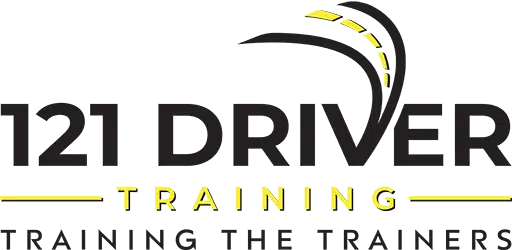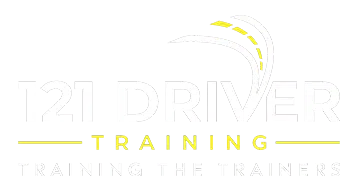TLI41222 – Certificate IV in Motor Vehicle Driver Training (Specialisation Group A – Car) is a mandatory requirement for obtaining a driving instructor licence in all states and territories in Australia. The driving instructor training aims to provide participants with the necessary attitudes, skills and knowledge to qualify to deliver learner driver training services as an accredited driving instructor. This Training is provided in two sections:
Theory Component
☉ This component is conducted using easy-to-follow manuals and workbooks. Training materials will be sent to you via email once you have enrolled with 121 Driver Training. You can complete this component in the comfort of your home and at your own pace.
☉ It is completed by reading the manuals and completing the workbooks. Each of the 12 assignments needs between 8-12 hours to be completed. A trainer is always available and ready to help if you face any difficulties with the e-training units or have any questions or concerns.
☉ You can complete this component in a time frame that suits your needs; however, please bear in mind that the whole training must be completed within six months from the date of enrolment.
Practical Component
☉ Practical sessions are conducted in a time frame that meets the National Training Standard for TLI41222 – Certificate IV in Motor Vehicle Driver Training (Specialisation Group A – Car).
☉ Practical training is conducted in-car, in an agreed-upon area between you and your trainer.
☉ Practical training is competency-based, and applicants’ average training hours depend on how much study they do in their own time. The more home practice you perform, the fewer hours you will need with your trainer.
☉ Country NSW and interstate clients can receive the training in their location and are not required to travel to Sydney. We will send one of our trainers to your location to conduct the practical (on-road) training. Course fee for country NSW and other states and territories is higher to cover the travel time and accommodation expenses incurred by the trainer. This allows you to study in your own home and train in the area where you will operate.
☉ You must complete the practical assessment at the end of your practical training. This assessment is done in-car and on-road with one of our specially selected assessors in a designated location. This will test your readiness for the job and complete your practical training.


